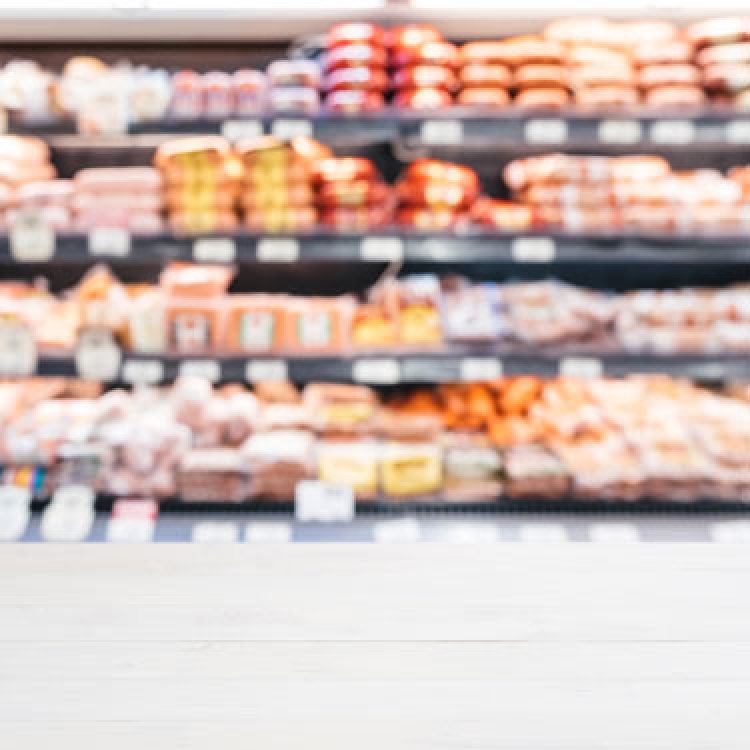Product recall briefing: how brand rehabilitation cover can offer protection

Negative PR following a product recall can be catastrophic for businesses and recovery can be expensive. Garry Moseley of Gallagher and Andrew Robinson of Cunningham Lindsey, explain what insureds should look out for when purchasing brand rehabilitation cover.
What is brand rehabilitation cover?
There are essentially three elements to this cover:
- Own loss/damage/expense
- Third party loss/damage/expense
- Own business interruption
This cover responds on the basis that the loss results from one of a number of insured events, such as accidental contamination, malicious tampering or product extortion. The brand rehabilitation cover is usually included as a recoverable head of loss resulting from one of the covered events.
What makes the brand rehabilitation cover element so important?
Brand rehabilitation cover is unlike anything else available on the insurance market as it helps businesses to maintain their commitment to quality and to help them to navigate negative customer experience and publicity following a recall event.
As this type of insurance is an "after-the-event" service, it should be viewed as part of business interruption protection as it helps to mitigate the adverse effect on the financial performance of the business.
What should your business consider before purchasing this cover?
One of the most important things to consider when choosing this cover is just what is included. While wordings can vary, they often include the marketing costs following an event, including "reasonable and necessary expenses" incurred by the policyholder as a direct result of a contamination event. This can help to re-establish the policyholder's brand or help them to return to their projected pre-event market share.
Negative PR can be catastrophic for businesses and brand rehabilitation exercises can be expensive. This means that when considering placing cover, insurers need to consider what established brand (if any) the insured has. This is a difficult variable to account for as there is no way to foresee how a brand will be impacted by a recall once the product deficiency becomes known in the public domain.
Post event, this is assessed initially using an accounting exercise as the recall adjuster will need to consider the recall event's impact on the projected level of sales or market share. To qualify as brand damage the recall event must have a measurable financial impact on the performance of the business.
Even when a full consumer recall isn't necessary there can still be difficulties within the supply chain, as well as perceived customer confidence issues relating to product quality which can take a long time to remove. Rehabilitation cover in conjunction with the recall business interruption cover provides protection against the financial difficulties encountered.
The bottom line is that rehabilitation cover is there to help your business get back on its feet.
Unsubstantiated third-party recall costs are increasingly becoming a more integral part of this insurance, as it allows for further scope for claim under the policy. Despite this it can introduce conflict with the other parts of the cover, creating difficulty for insurers.
Brand rehabilitation trends
The claims picture differs from retailer to retailer and buyer to buyer. But one issue to keep an eye on, is the tendency for some retailers to pay claims via their loyalty card system. While this may seem like a more cost-effective way to deal with the problem, it can have unexpected consequences such as discouraging the customer from returning the recalled product, which is the principal aim of any safety corrective action.
How can you prepare for a product recall?
To help prepare for a potential product recall, planning is key. Businesses should take the time to map their exposures and understand their supply chain as it is easy to underestimate the reach of products.
Businesses should have a recall team ready to respond to a situation as it arises and this should have representation from technical, legal, procurement and sales colleagues. They will need to make decisions quickly, and this can only happen effectively if they have access to reliable and timely information.
This article is based on a podcast with Garry Moseley, leader of the food & drink industry group in the Major Risk Practice at Gallagher, and Andrew Robinson head of product liability and recall at global loss adjusters Cunningham Lindsey. To find out more please get in touch with Garry Moseley on Garry_Moseley@ajg.com or Andrew Robinson on Andrew.Robinson@cl-uk.com.
